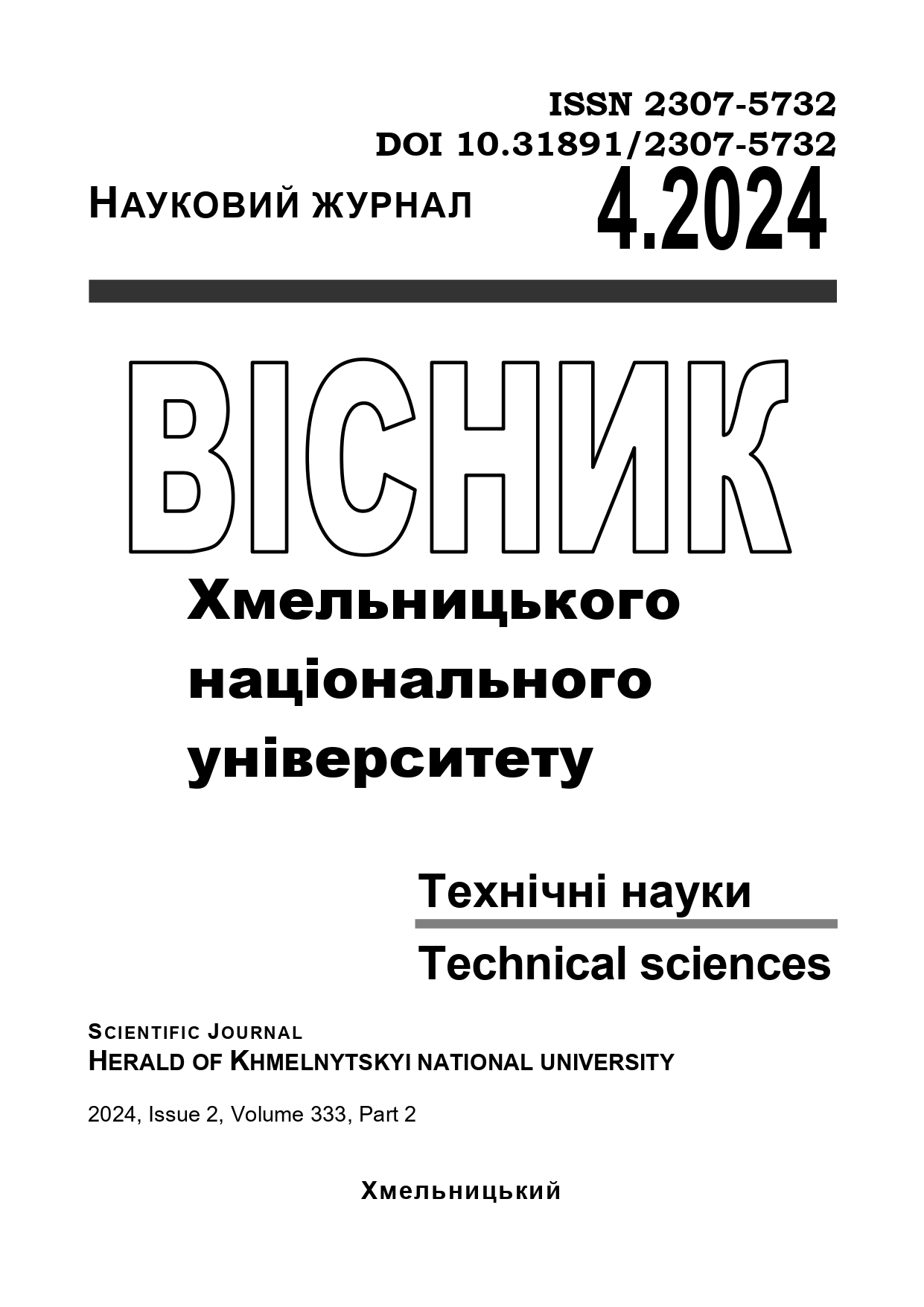RESEARCH OF THE PROCESS OF PACKAGING DENSE PRODUCTS BY THE METHOD OF DIMENSIONAL ANALYSIS AND COMPUTER SIMULATION
DOI:
https://doi.org/10.31891/2307-5732-2024-339-4-5Keywords:
pressure, viscosity, density, power, speed, π-theorem, similarity number, dispenser, piston, spoolAbstract
The filler in question A9-KNE belongs to semi-automatic, piston, linear type, single-position fillers for viscous products with dosing by volume. The main purpose of dosing devices is to provide the required amount of material with sufficient accuracy. According to the structure of the working cycle, the dosage is portioned (discrete), and according to the principle of action, it is volumetric. Discrete dosing is characterized by periodic repetition of dose release cycles. With the volumetric method of dosing, the doser measures the portion using a measuring chamber of a certain volume.
The A9-KNE semi-automatic machine is designed for volume dosing and packaging of food products with a viscosity of 0.4 to 8 Pa s in glass and tin cans. A dose of the product is formed during the stroke of the piston. The piston moves with the help of a drive, which is a fist with a built-in crank, from the crank through a lever mechanism and a pair of bevel wheels, the rotational movement is transmitted to the dispenser spool. When the piston moves in the other direction, the product is squeezed into the can. The purpose of the study is to obtain a dependence that describes the ratio of pressure forces per unit volume of liquid and inertial forces to viscous forces. To solve this problem, it is suggested to use the dimensional analysis method.
The main premise used in the dimensional analysis method when finding the number and type of similarity numbers is the axiom that only quantities of the same dimension can be added and subtracted, as well as the fact that some dimensions are expressed through others in the form of their multiplication in the corresponding degrees. On this basis, it is established that if any physical quantity is a function of other physical quantities, then this dependence can be represented as a product of these dimensions in some powers.
The resulting relationship describes the relationship between pressure forces per unit volume of liquid (or gas) and inertia forces to viscosity forces. Then, in the Gambit program, the working area is built according to the dimensions. The entrance and exit of the product, the walls of the working chamber are designated. Then a map of the working area is built in the form of a grid and exported to the Fluent program. In this program, product parameters (viscosity and density) and boundary conditions (piston movement speed) are set, parameters of the working area are initialized and the necessary calculations are performed. Then, using the TableCurve 3D program based on tabular data, we build a surface that is described by the dependence proposed by the calculation program. In this dependence, there are coefficients for variables. These coefficients are sought in our equation in similarity numbers. According to the obtained dependence, by varying the diameters of the inlet and outlet for the product and changing the speed of the piston movement, it is possible to determine the pressure ΔР, which directly affects the power consumed.

